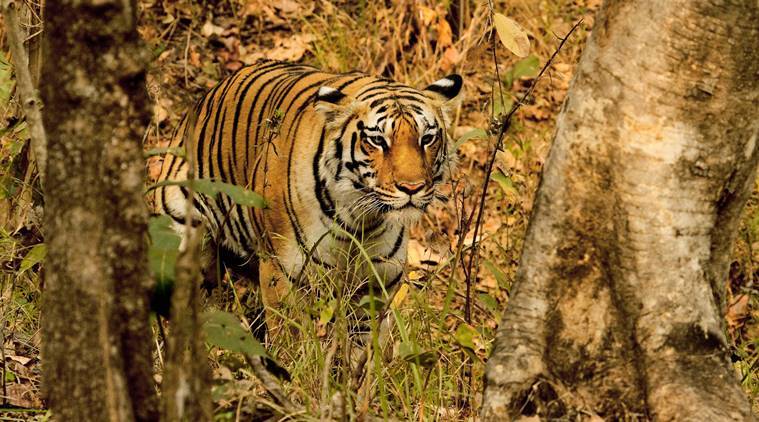NEW DELHI: Welcoming the tiger census report 2018 released on Monday, wildlife experts have lauded the efforts behind the colossal exercise held once in four years saying it was time to “celebrate” as the country is home to nearly 3,000 big wild cats.
According to the All India Tiger Estimation (AITE) report, India’s tiger population has increased by 33 per cent in the last four years with 2,967 tigers in 2018, compared to 2,226 in 2014.
Reacting to the report, Rajesh Gopal, Secretary General of Global Tiger Forum, an inter-governmental international body for conservation of tigers, said it was a “brilliant” report prepared by the National Tiger Conservation Authority (NTCA) and the Wildlife Institute of India (WII), statutory bodies under the Environment Ministry.
“We appreciate the report and the efforts behind it. It is a brilliant work and was a comprehensive exercise which was time consuming,” Gopal said, adding that the tiger spread is also more this time compared to the last survey.
Sharing his experience, Y V Jhala, Scientist at Tiger Cell, WII, who has contributed to the report, said it was a pleasure to have had it released by Prime Minister Narendra Modi.
“It was a pleasure to have the Prime Minister release it (AITE report). It is a big achievement and makes a huge difference,” he said.
He, however, added that the automated techniques used this time helped the officials to collect and collate the data digitally “but the magnitude of the data was much larger that’s why it took its own time to be analysed.”
Some environment activists also felt that there was a need to protect the big cats from natural calamities.
Advocates and environment activists Gaurav Bansal and Vikrant Tongad said the figure of nearly 3,000 tigers must be celebrated as it is a matter of pride but with the growing issue of climate change, efforts must be made to protect them from future natural calamities.
“Tiger Census clearly says that now india has near 3000 tigers. It’s a good sign and we should celebrate the same but at the same time we have to keep in mind that tiger habitats are protected from human disturbances and natural calamities,” Bansal said.
Tongad, sharing a similar view, said tigers must be protected from infrastructure projects and man-animal conflict.
“It is a matter of pride for the country. But as per some report, on an average, India is losing one tiger every three days. Most of them have died due to poisoning or man-animal conflict. Government and NGOs have to work more on preventing this. The tiger habitat is constantly being destroyed for development and infrastructure projects,” he said.
According to the report, the highest number of tigers are in Madhya Pradesh- 526, followed by Karnataka at 524, Uttarakhand at 442, Maharashtra at 312 and Tamil Nadu at 264.
In all these states the number of tigers has increased since 2014, when the last report came out.
The report has covered 3,81,400 sq km of forests, surveyed for tiger signs and prey estimation with nearly 27,000 camera traps set up in 141 locations covering an area of 121,337 sq km.
The camera traps captured 3.48 crore photographs out of which, nearly 77,000 were of tigers.
As per the report, forest officials also covered 5,22,996 km while conducting foot survey for tiger signs and sampled 3,17,958 habitat plots for vegetation and prey dung. PTI







